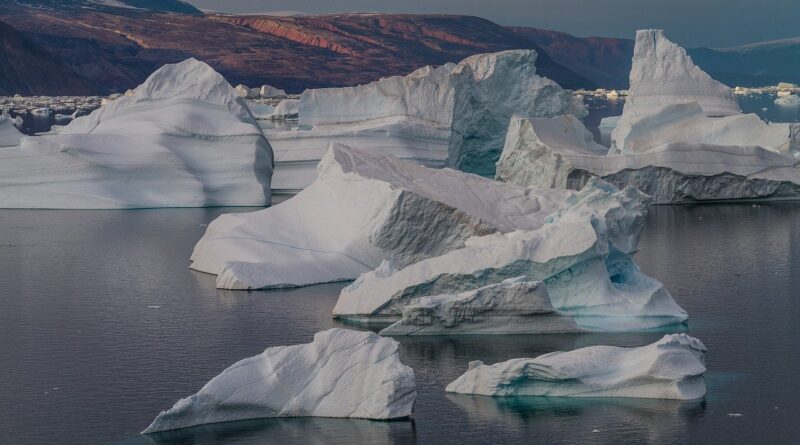Arctic sea ice thinning at double the rate previously thought
Arctic sea ice may be thinning at twice the rate previously thought, a team of climate scientists believe.
Sea ice thickness is a sensitive indicator of Arctic climate change and is in long-term decline, despite significant variability on a yearly basis.
Using data harvested from two climate monitoring satellites (Envisat and CryoSat-2), researchers from University College London (UCL) hypothesised that a decreasing amount of ice is being hidden below the waterline by the weight of overlying snow, which could suggest that sea ice thickness may be declining faster than previously calculated in some regions.
Sea ice cover moderates the exchange of moisture, heat and momentum between the atmosphere and the polar oceans, influencing regional ecosystems, hemispheric weather patterns and global climate.
Thicker sea ice is more thermally insulating and limits heat transfer from the ocean to the atmosphere in winter. Therefore, a thinning of the sea ice risks causing global temperatures to increase even further beyond the rises already caused by human-made climate change.
While continuous and consistent monitoring of pan-Arctic sea ice thickness has not been possible until relatively recently, a combination of different techniques has suggested a significant decline in thickness since 1950. Satellite altimeters using both radar and lidar have provided a valuable record of changing sea ice thickness, but have often been limited for various reasons.
The UCL team also said the sea ice thinning in the coastal Arctic seas could disrupt human activity in the region such as shipping along the Northern Sea Route, as well as the extraction of resources from the sea floor, such as oil, gas and minerals.
“More ships following the route around Siberia would reduce the fuel and carbon emissions necessary to move goods around the world, particularly between China and Europe,” said UCL’s Robbie Mallett, the study’s lead author. “However, it also raises the risk of fuel spillages in the Arctic, the consequences of which could be dire.
“The thinning of coastal sea ice is also worrying for indigenous communities, as it leaves settlements on the coast increasingly exposed to strong weather and wave action from the emerging ocean.”
They researchers believe that the rate of sea ice decline in the coastal regions of the Arctic was 70 to 100 per cent faster than previously thought.
Study co-author professor Julienne Stroeve, of UCL Earth Sciences, said: “There are a number of uncertainties in measuring sea ice thickness, but we believe our new calculations are a major step forward in terms of more accurately interpreting the data we have from satellites.
“We hope this work can be used to better assess the performance of climate models that forecast the effects of long-term climate change in the Arctic – a region that is warming at three times the global rate and whose millions of square kilometres of ice are essential for keeping the planet cool.”
- Source:https://eandt.theiet.org/content/articles/2021/06/arctic-sea-ice-thinning-at-double-the-rate-previously-thought-scientists-say/



